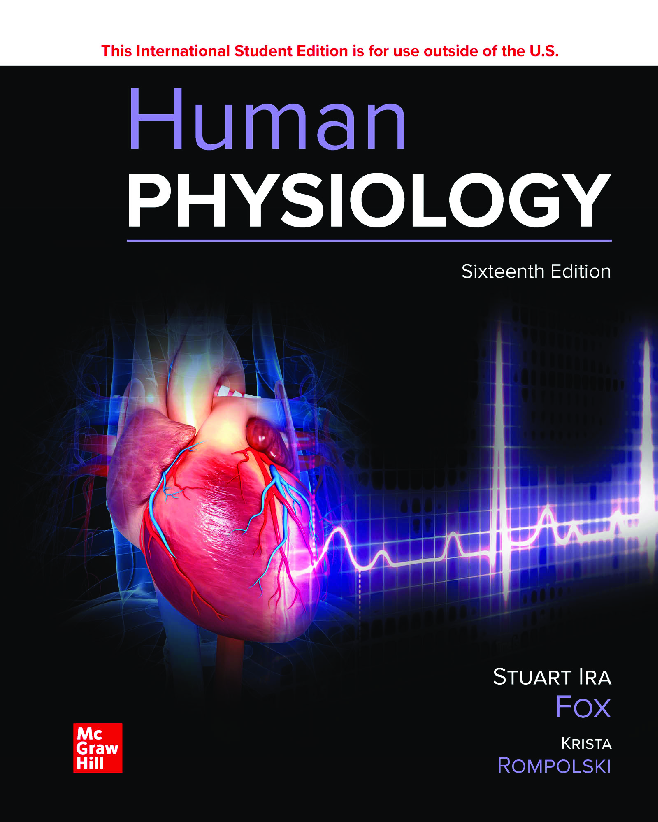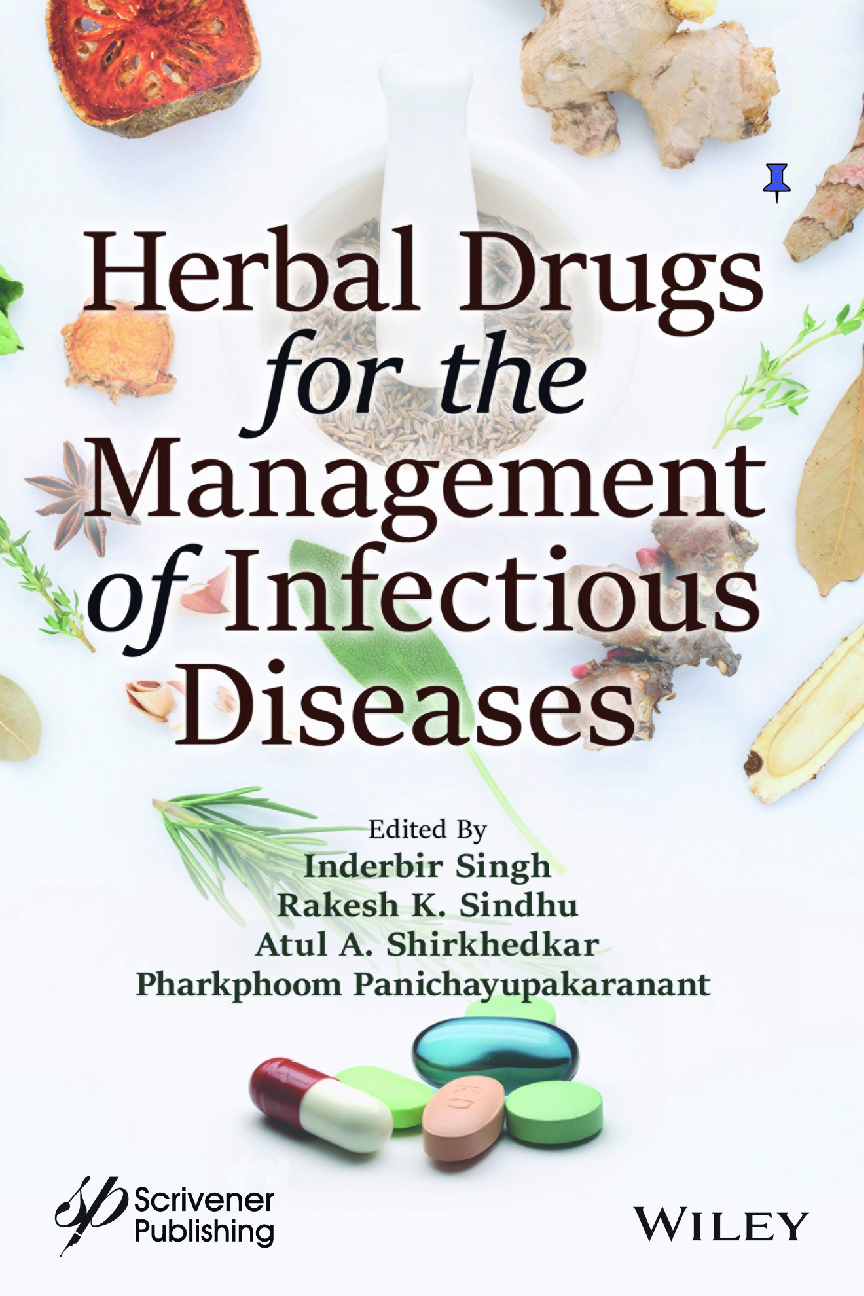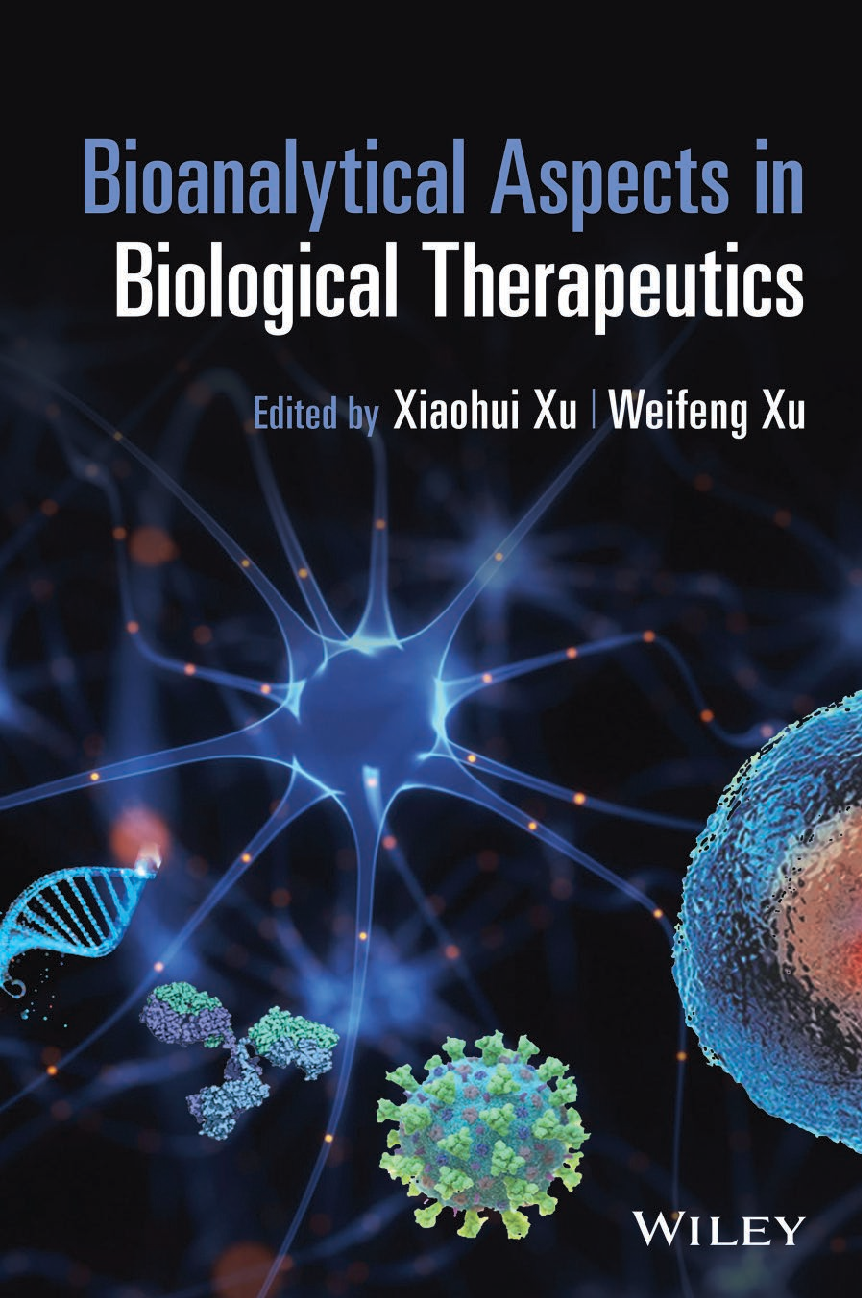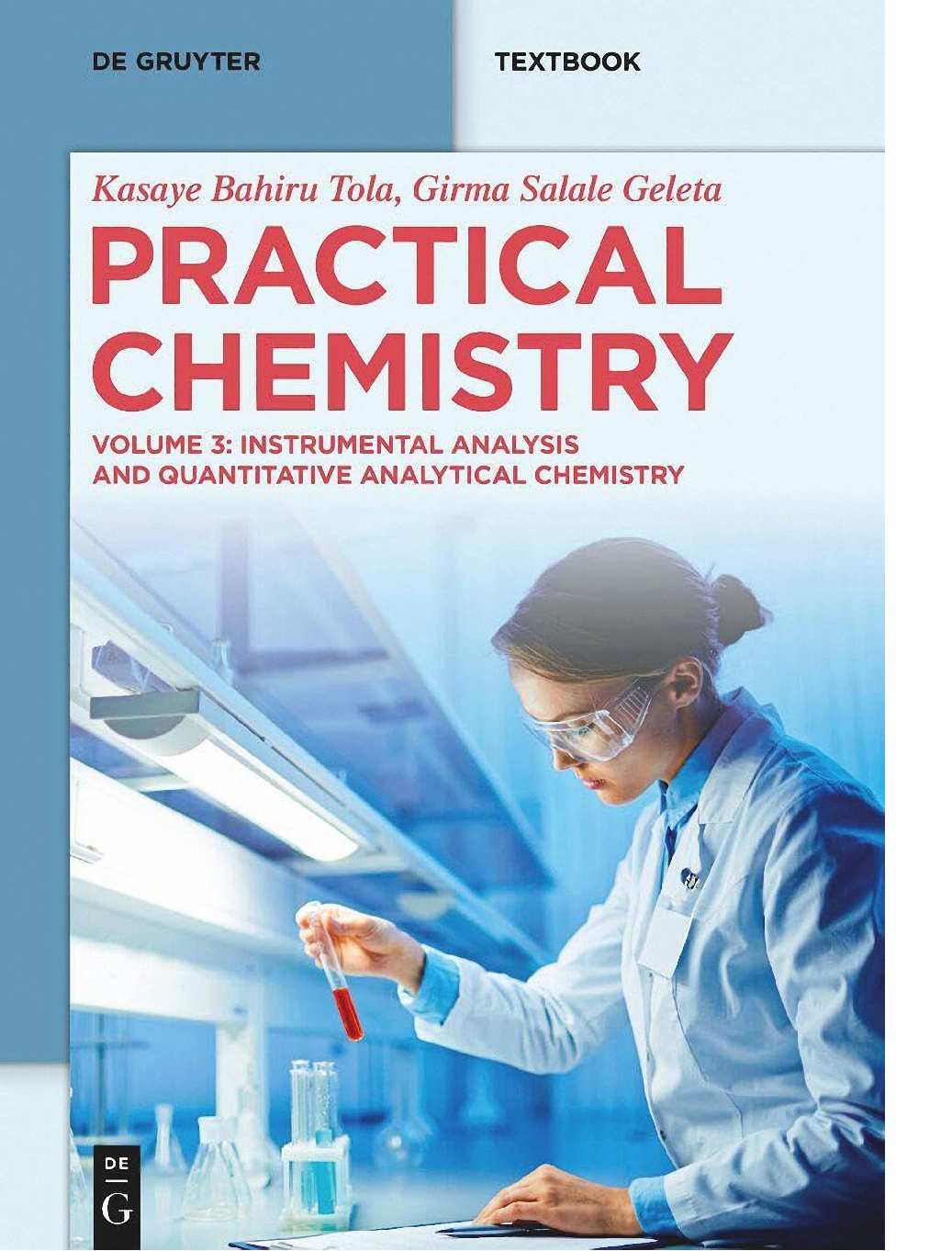Biology > eBook-PDF > Practical Skills in Biomolecular Sciences, 6th Edition, By Rob Reed, Jonathan Weyers, David Holmes, (All)
Practical Skills in Biomolecular Sciences, 6th Edition, By Rob Reed, Jonathan Weyers, David Holmes, Allan Jones [PDF] [eBook]
Document Content and Description Below
Preface List of abbreviations Study strategies 1. Developing your skills 2. Self-management 3. Learning effectively 4. Making the most of learning resources 5. Locating and citing published inf ... ormation 6. Evaluating information 7. Working with others 8. Mapping your personal development Assessment skills 9. Succeeding in assessments 10. Scientific writing 11. Writing essays 12. Reporting practical and project work 13. Tackling literature surveys and reviews 14. Presenting written assignments 15. Preparing a poster 16. Giving a spoken presentation 17. Revision strategies 18. Improving your performance in exams Fundamental laboratory techniques 19. Preparing for practical work 20. Working safely in the lab 21. Basic laboratory skills 22. Measuring and dispensing liquids 23. Preparing solutions principles and practice 24. Measuring and maintaining pH 25. Understanding microscopy 26. Setting up and using a light microscope The investigative approach 27. Making measurements 28. Understanding SI units and their use 29. Designing experiments 30. Understanding bioethics 31. Recording data and images 32. Tackling project work and placements Working with microbes, cells and tissues 33. Learning sterile technique 34. Culturing cells and measuring growth 35. Collecting and isolating microbes 36. Identifying microbes 37. Naming microbes and other organisms 38. Working with bacteria 39. Working with eukaryotic microbes: fungi and protists 40. Working with viruses 41. Working with animal and plant cells and tissues 42. Homogenising and fractionating cells and tissues Analytical techniques 43. Understanding calibration and quantitative analysis 44. Centrifugation techniques 45. Measuring light 46. Using advanced spectroscopy and spectrometry 47. Carrying out basic spectroscopy and spectrometry 48. Separating compounds using chromatography 49. Detecting and analysing compounds after chromatography 50. Methods of electrophoresis 51. Advanced electrophoretic techniques 52. Electroanalytical techniques 53. Using immunological methods 54. Using radioisotopes 55. Analysing stable isotopes Assaying biomolecules and studying metabolism 56. Analysing biomolecules 57. Assaying amino acids, peptides and proteins 58. Assaying lipids 59. Assaying carbohydrates 60. Assaying nucleic acids and nucleotides 61. Protein purification 62. Studying enzymes 63. Measuring membrane transport 64. Quantifying photosynthesis and respiration Genetics and molecular biology 65. Studying Mendelian and population genetics 66. Studying bacterial and phage genetics 67. Understanding molecular genetics fundamental principles 68. Using the polymerase chain reaction in molecular genetics 69. Genetic manipulation techniques 70. Applying bioinformatics Analysing and presenting data 71. Manipulating and transforming raw data 72. Analysing data with spreadsheets 73. Summarising data in tables 74. Illustrating data in graphs 75. Solving numerical problems 76. Using descriptive statistics 77. Selecting and interpreting statistical tests Appendix 1 Index [Show More]
Last updated: 2 years ago
Preview 1 out of 600 pages
![Preview image of Practical Skills in Biomolecular Sciences, 6th Edition, By Rob Reed, Jonathan Weyers, David Holmes, Allan Jones [PDF] [eBook] document](https://scholarfriends.com/storage/eBook for Practical Skills in Biomolecular Sciences, 6th Edition, By Rob Reed, Jonathan Weyers, David Holmes, Allan Jones.png)
Buy this document to get the full access instantly
Instant Download Access after purchase
Buy NowInstant download
We Accept:

Reviews( 0 )
$25.00
Can't find what you want? Try our AI powered Search
Document information
Connected school, study & course
About the document
Uploaded On
Dec 22, 2022
Number of pages
600
Written in
All
Additional information
This document has been written for:
Uploaded
Dec 22, 2022
Downloads
0
Views
131






 Gary Donell, Clarence Byrd, Ida Chen.png)



















